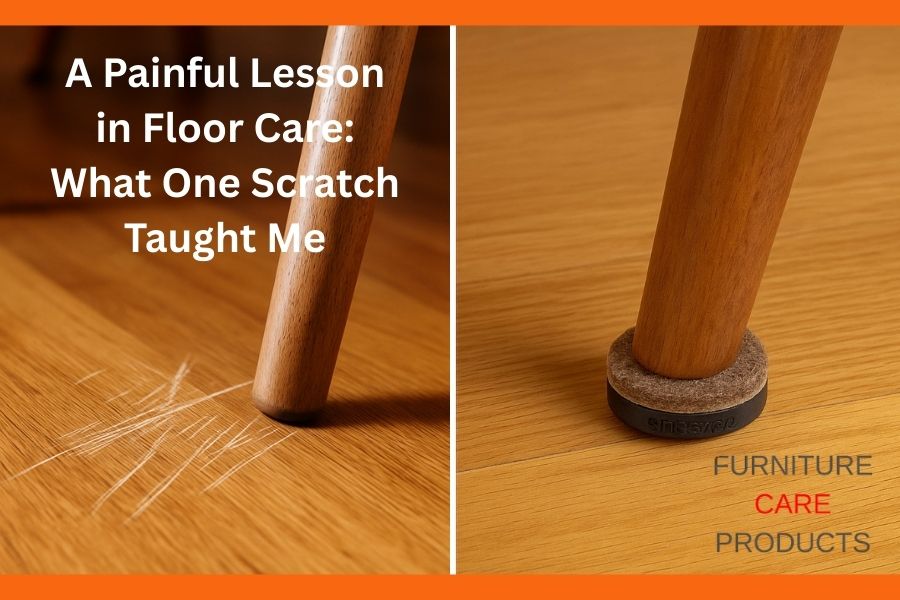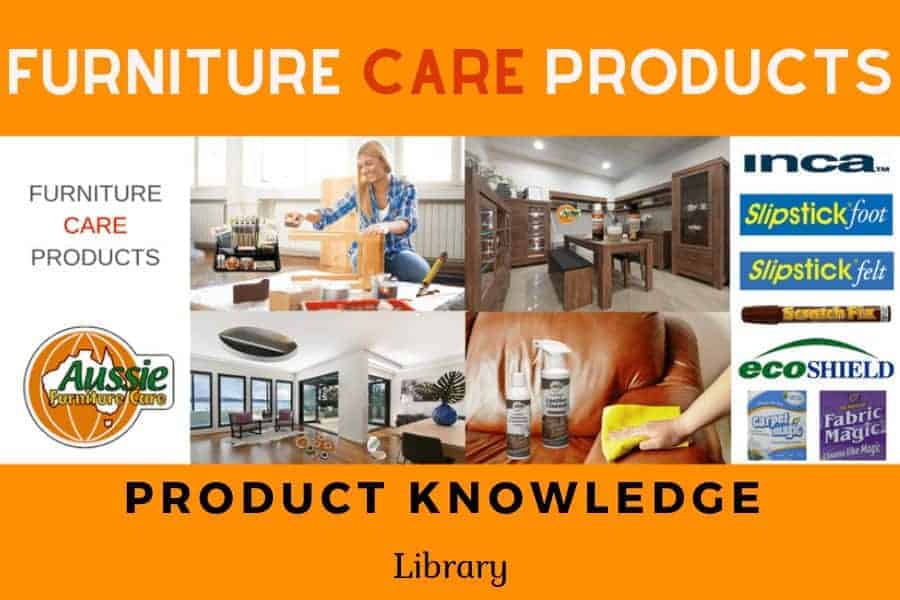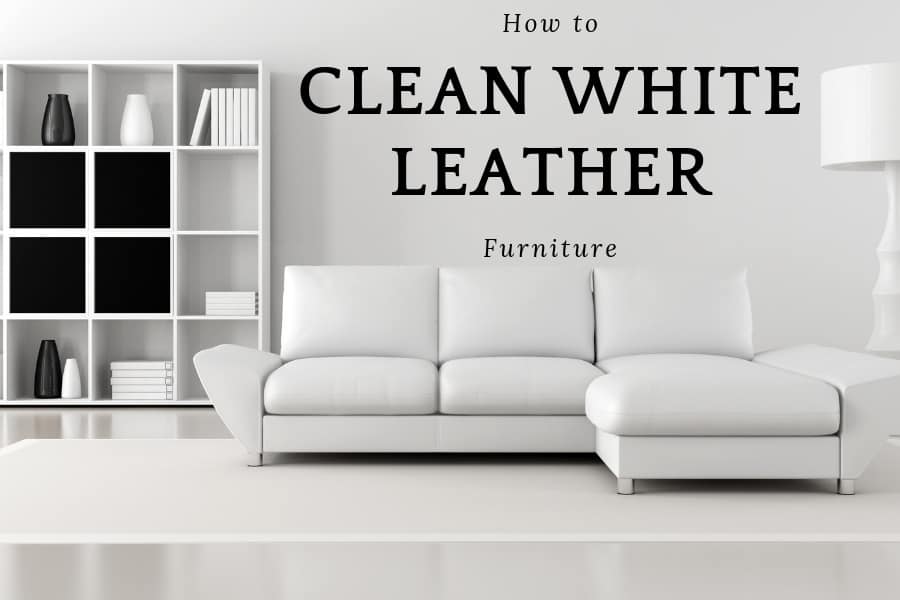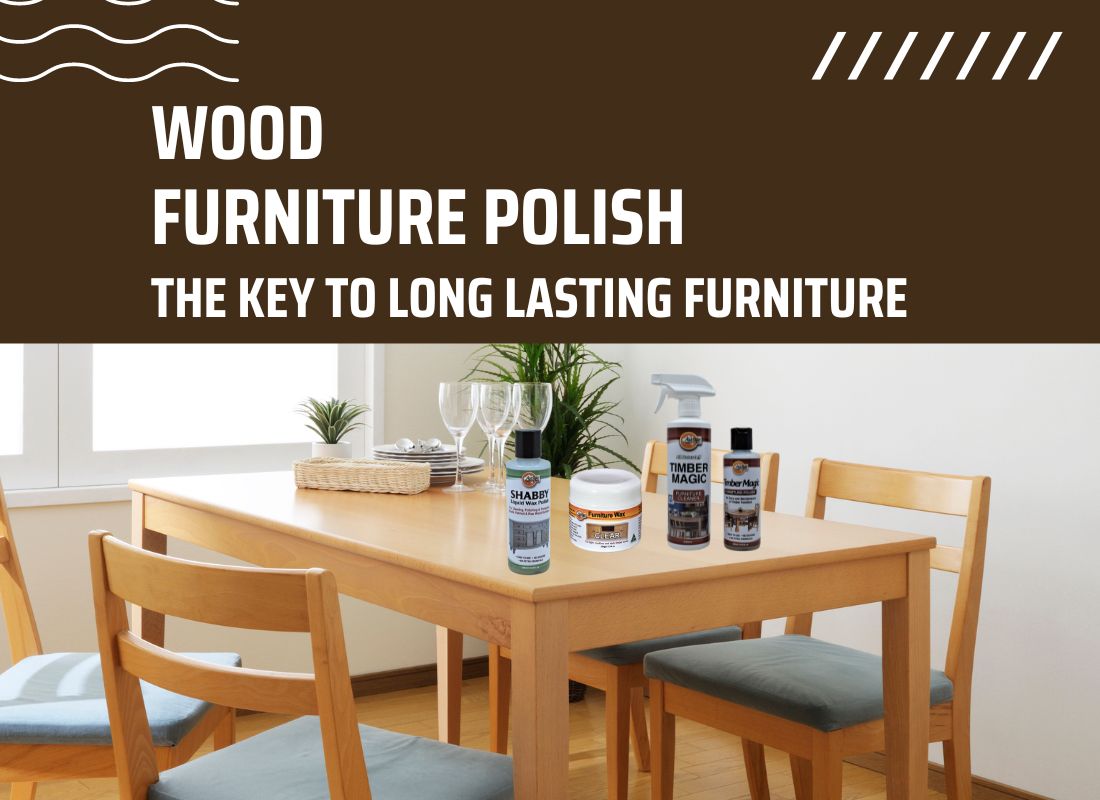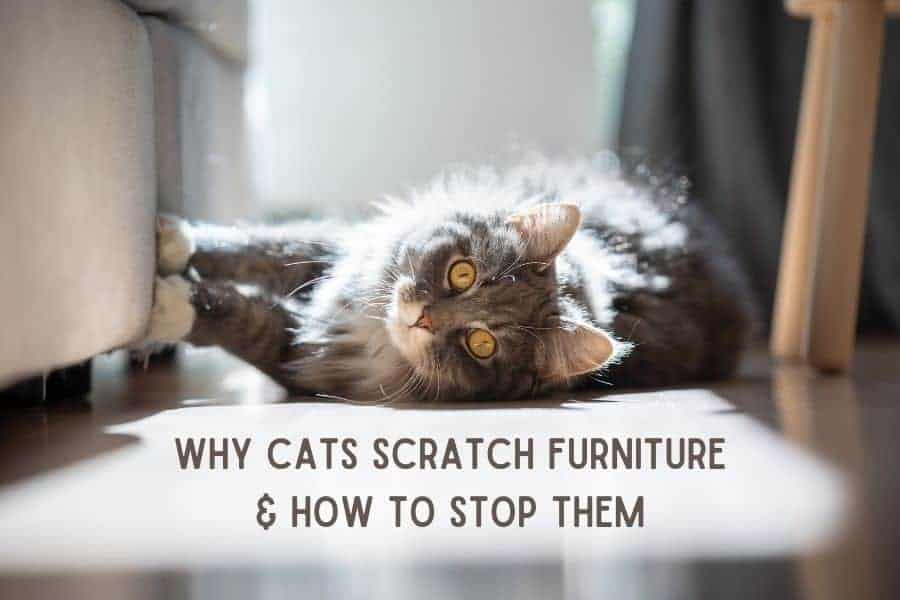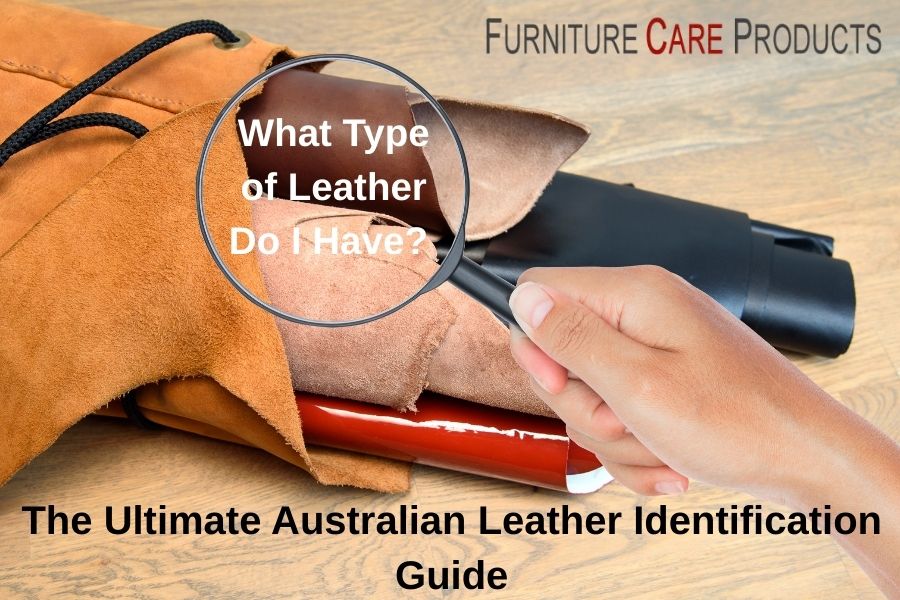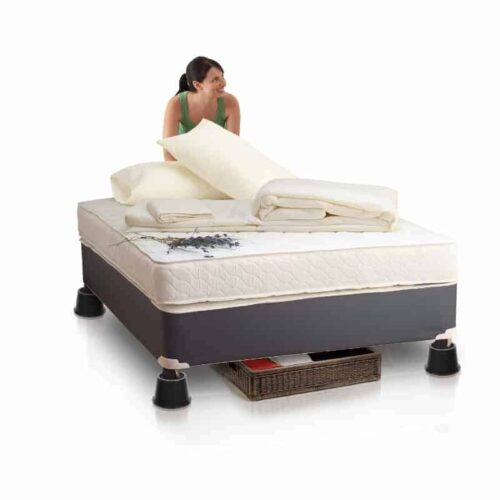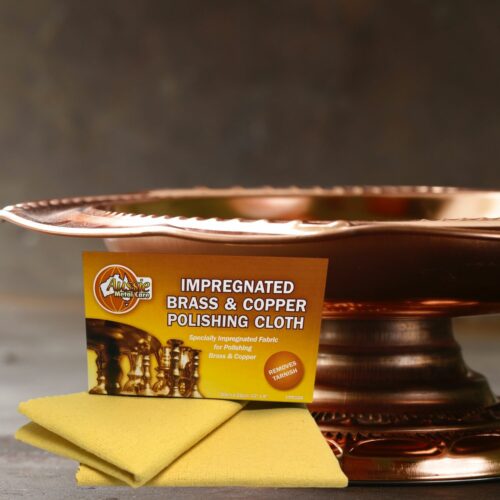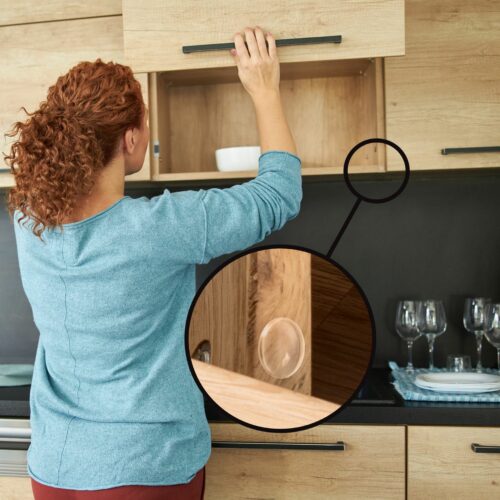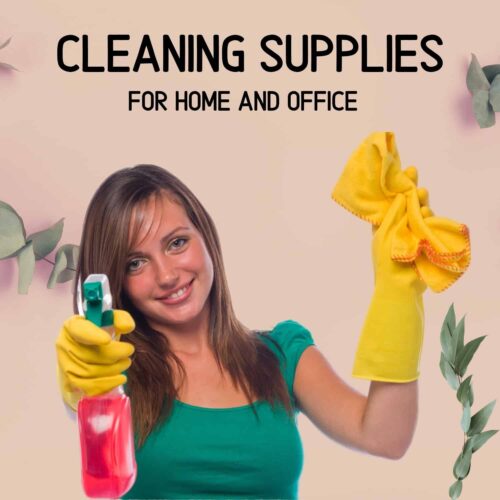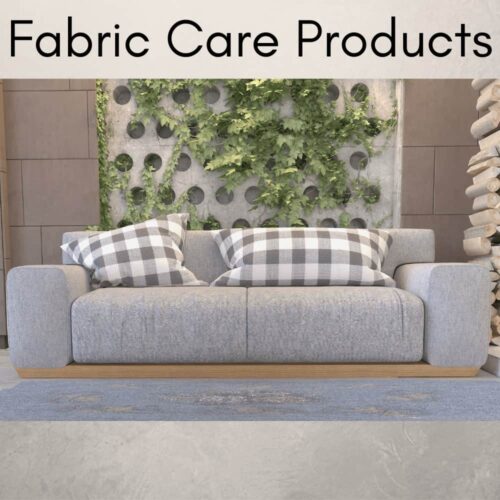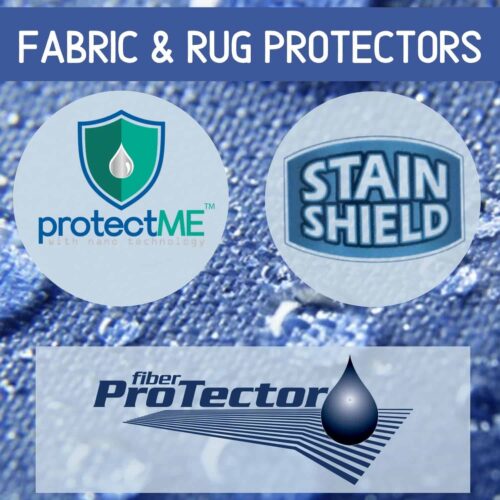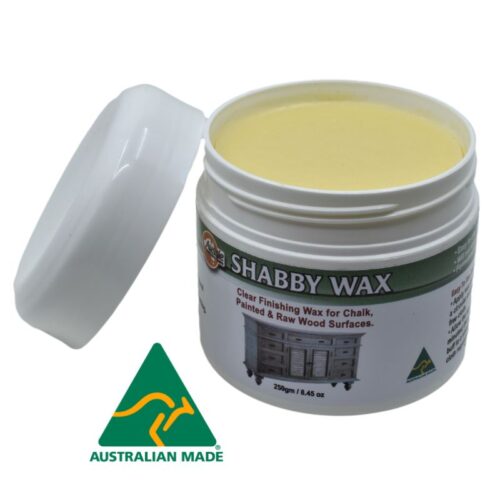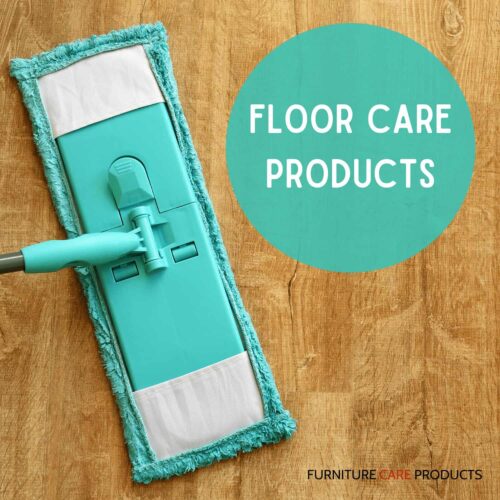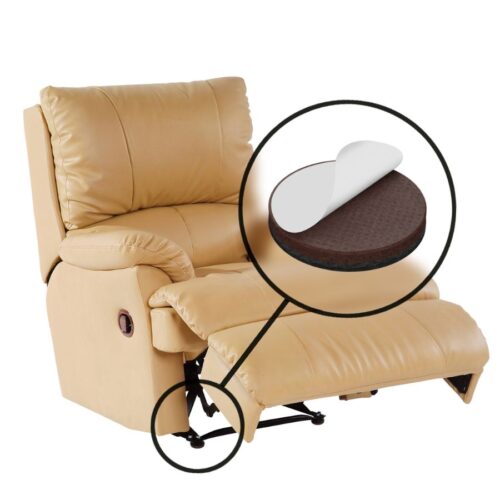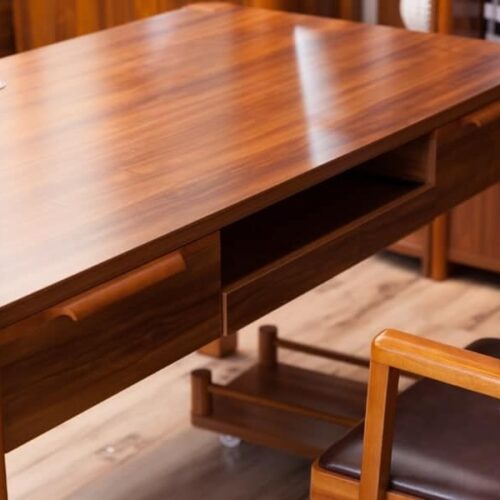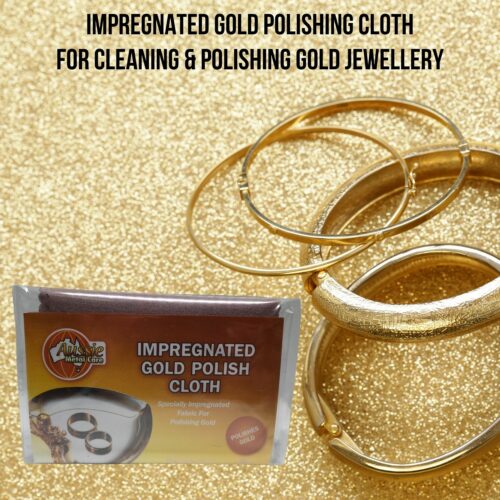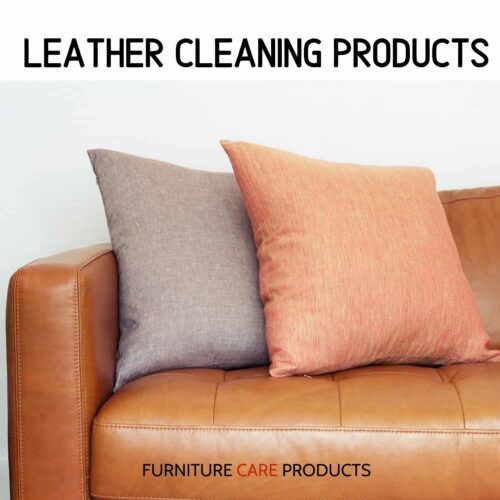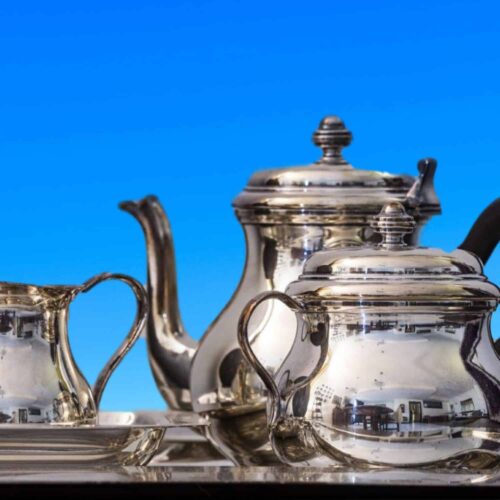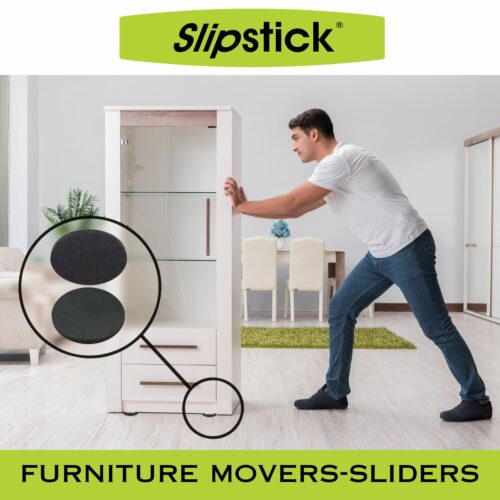What I Wish I Knew Before My New Timber Floors Got Scratched
We’d waited months for our renovation to be finished. New kitchen, new dining set, and the crown jewel — beautiful timber flooring stretching across the open-plan living space.
It looked flawless. For about a week.
Then the first scratch appeared.
A faint, curved line right under where one of our dining chairs had been. We checked the chair legs: no felt pads. We hadn’t even thought about it.
By the time we noticed, there were more — faint scrapes around the table and along the edge of the kitchen island. None of them deep. But enough to catch the light. Enough to take the shine off what had been a pristine floor.
The Mistake We Made
Like many homeowners, we assumed brand-new furniture wouldn’t cause any problems. The chairs came with small plastic ends, and the manufacturer didn’t mention floor protection. We didn’t realise that:
- Most plastic ends are not designed to prevent scratches — especially on timber.
- Furniture legs, especially when dragged or rocked, can act like sandpaper on floor coatings.
- Even tiny particles of grit under chair legs can gouge through lacquer or oiled finishes if there’s no barrier.
Looking back, it’s obvious. We were pulling chairs in and out of the dining table multiple times a day, on a soft timber surface. It wasn’t a matter of if they’d scratch — but when.
What We Learned (and Did Next)
We started researching. There were dozens of options — adhesive pads, tap-in felts, rubber stops, even sleeves. We wanted something reliable, discreet, and something that wouldn’t fall off after a few weeks.
That’s when we found tap-in felt floor protectors, like Slipstick Gorilla Felt CB257.
Here’s why they stood out:
- Tap-in design: Hammered directly into the chair leg for a permanent hold.
- Wool-blend felt base: Durable and soft — glides easily over the timber without damaging it.
- No peeling adhesive: One of the biggest problems with stick-on pads is that they collect dirt and lose grip over time. These don’t.
We installed them in 15 minutes. No mess. No wobble. No more scratches.
Why This Story Matters
If you’ve just installed timber flooring — or you’re renting a place with beautiful floors — the best time to think about protection is before the scratches appear.
Scratches may seem small, but they build up. And repairing timber floors is expensive. In many cases, spot repairs won’t fully hide the damage.
Using quality floor protectors:
- Keeps furniture moving smoothly without friction.
- Prevents dirt, grit and pressure points from wearing through coatings.
- Preserves the value and look of your flooring.
- Reduces noise — especially with lightweight furniture that gets moved frequently.
Don’t Wait for Damage
We didn’t know better at first. But you can.
If you’re moving into a new home, buying new furniture, or renovating a space, make floor protection part of the setup. It’s as essential as choosing the right rug or paint colour.
And if you’ve already noticed some marks? Don’t wait for them to get worse. A small investment in reliable floor protection will save you frustration — and floor sanding bills — later.
???? Learn more about the protectors we used:
???? Slipstick Gorilla Felt Tap-In CB257 – View Product
